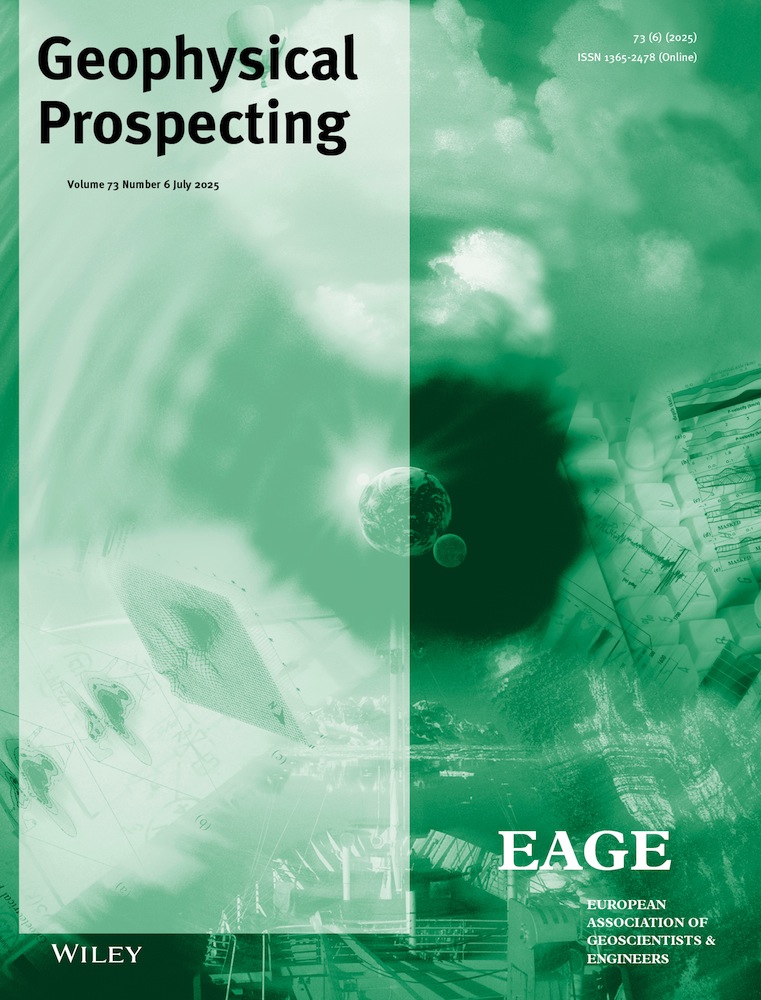Algorithms for extraction of reliable density ratios from pre-stack seismic data—Part 2: Applications
Abstract
We have developed two inversion algorithms to calculate the density ratio across a reflecting interface using Zoeppritz's equation for P-to-P wave reflections. At any point on the interface, we can calculate the most likely density ratio value with a corresponding standard deviation from a distribution of estimated (density ratio) values. This makes it possible to plot uncertainty maps at any interface of interest. Both inversion algorithms are applied within the near–far angle range to ensure the reliability of density ratio estimates. Although the methods can theoretically handle a wider range of angles, ultra-far angles are avoided due to amplitude distortions that become more pronounced at large incidence angles. A natural consequence of this restriction is that the herein-presented empiricism-free algorithms can be used for all classes of amplitude variation with offset (AVO) responses. At the heart of the first inversion scheme is a solver of a 12th-degree polynomial equation. The roots of the equation are calculated at an arbitrary number of incident angles. The solution space gives rise to a distribution from which the most frequent value (representing the maximum of the distribution) is taken as the most likely value. The second scheme involves solving a 5th-degree polynomial equation for the square of the VP/VS ratio of layer 2 (in a two-layered earth model) also at an arbitrary number of incident angles. The most likely density ratio estimate and the associated uncertainty are obtained as a byproduct of the calculation. We test both methods on a seismic dataset from the Barents Sea. The two methods yield very similar density ratio maps on the studied interface. Moreover, except for one well, they give a good match with estimated values from well-log data. This study is the second part of a two-part research. While Part I focuses on the theoretical foundations and synthetic validation of the inversion methods, this paper applies them to real seismic data to evaluate their practical performance.
Open Research
DATA AVAILABILITY STATEMENT
All well-log data used in this study are currently released by the Norwegian Petroleum Directorate and available for members of Diskos (The Norwegian National Data Repository for Petroleum data: www.npd.no/en/diskos). Seismic data used in this study were provided by TGS and are considered proprietary.




